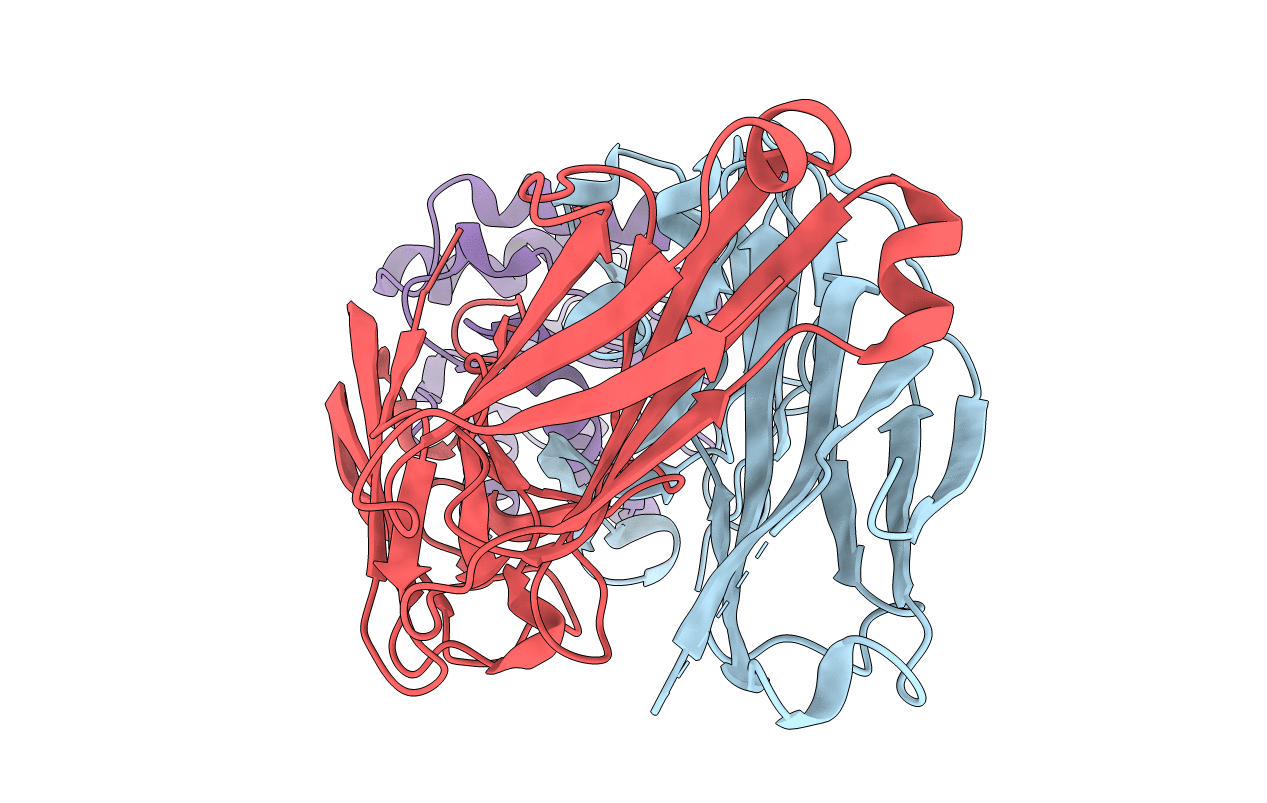
Deposition Date
2018-10-21
Release Date
2019-03-27
Last Version Date
2024-10-23
Entry Detail
PDB ID:
6MTQ
Keywords:
Title:
Crystal structure of VRC42.N1 Fab in complex with T117-F MPER scaffold
Biological Source:
Source Organism:
Homo sapiens (Taxon ID: 9606)
Human immunodeficiency virus 1 (Taxon ID: 11676)
Human immunodeficiency virus 1 (Taxon ID: 11676)
Host Organism:
Method Details:
Experimental Method:
Resolution:
2.70 Å
R-Value Free:
0.25
R-Value Work:
0.20
R-Value Observed:
0.20
Space Group:
P 21 21 21


